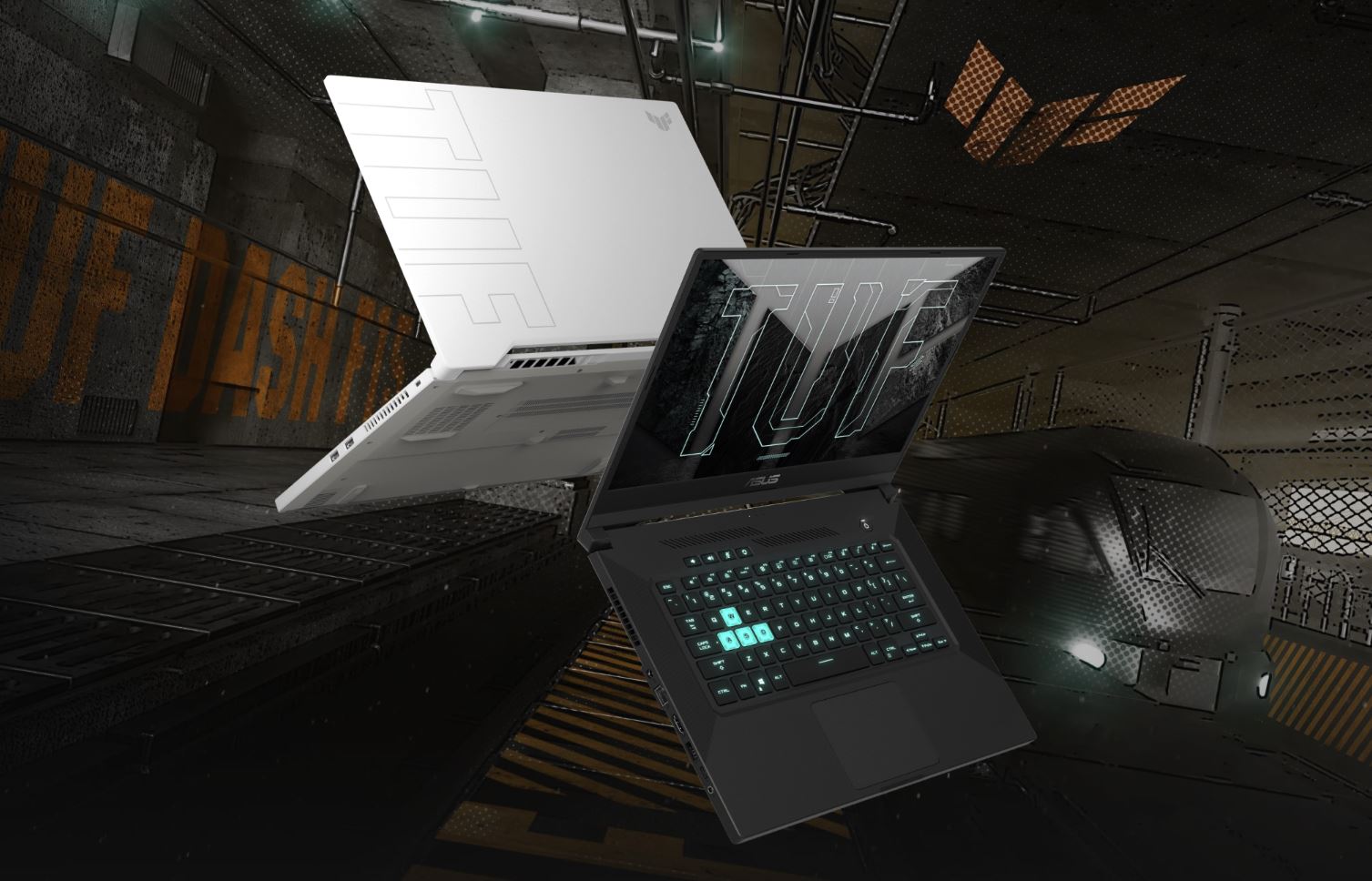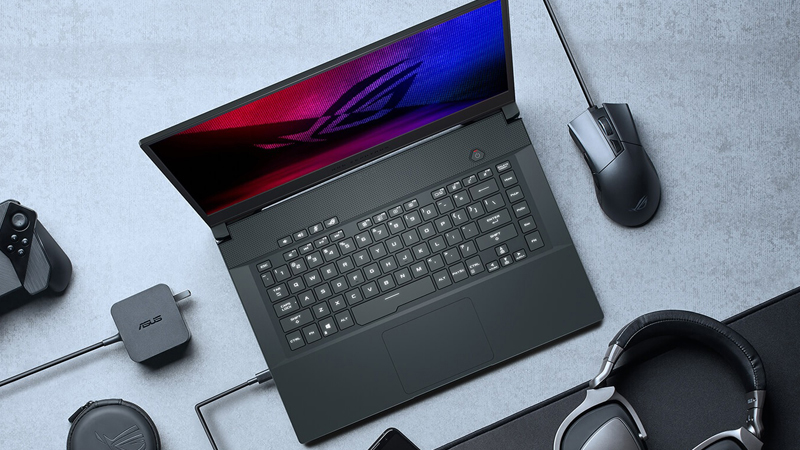The concept of wireless charging is great. Alas, the current technology for it leans toward plug- less than wireless. Wireless chargers, the real ones, give a glimpse of what the future technology can bring. Today’s “wireless chargers” are far from being the real ones.
The Dark Side of Wireless Chargers
To charge your smartphone using a wireless charger, you need to put the device on a charging mat. The said mat is connected with a wire and often sits on a flat surface – most likely a table.
When you put your smartphone on the mat, the latter will wirelessly transmit power to your device. Remove your phone from it and the wireless charging will instantly stop. Come to think of it, there’s no other “wireless” technology that works like a wireless charger. For instance, wireless internet provides connection wherever you are in your home. You don’t have to literally put your laptop or tablet on top of your router to enjoy your Wi-Fi connection. Which is the point of anything wireless – the freedom of getting to move around while using your device.
In terms of this freedom, experts who sell electronics believe that a charging cable is better than a wireless cable. You can address the issue of being able to move around by buying longer third- party charging cables. Both Apple and Android gadgets have this option.
With a third-party cable, you can use your smartphone standing up and roam around as far as the cable can go. Most of all, you don’t need to hunch over it, unlike when you’re using a wireless charger. To top it all off, a longer cable is less expensive than a wireless charger.
Plugging In is better than Wireless Charging
There is a reason why gadget manufacturers recommend plugging our devices in to charge them. Wired charging is far better than its wireless counterpart. It’s just faster and more efficient for transmitting energy.
A recent study shows that a Samsung Galaxy S6 only takes exactly 1 hour and 48 minutes to charge from zero to 100 percent if it’s plugged in. On the contrary, the same device takes exactly 3 hours and a second to reach 100 percent battery power if it’s wirelessly charged.
The longer a smartphone is charged unnecessarily, the less efficient its battery gets. Wireless charging uses more electricity to charge a smartphone to reach full battery power. The wasted electricity will form into excess heat that can wear down the device’s battery in the long run.
In the grand scheme of things, choosing charging cables over wireless charging doesn’t cause much of a ripple. Opting for a wireless charger won’t escalate your electric bill. The wasted heat
won’t manifest instantaneously. But if you don’t have to go anywhere or you don’t need to use your phone, why not choose charging cables instead? It’s faster, more efficient, and more convenient. It’s also friendly to you and to the device itself.
The future of wireless charging is a good one, there’s no doubt about it. But, as of the moment, it bears considering if using it brings more drawbacks than benefits.










